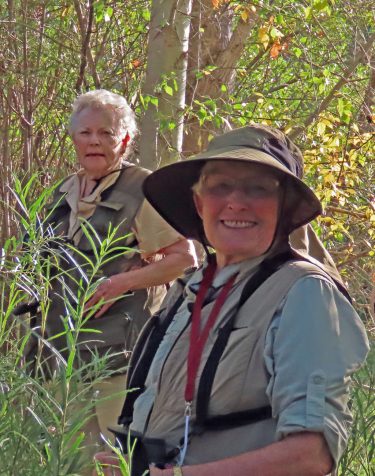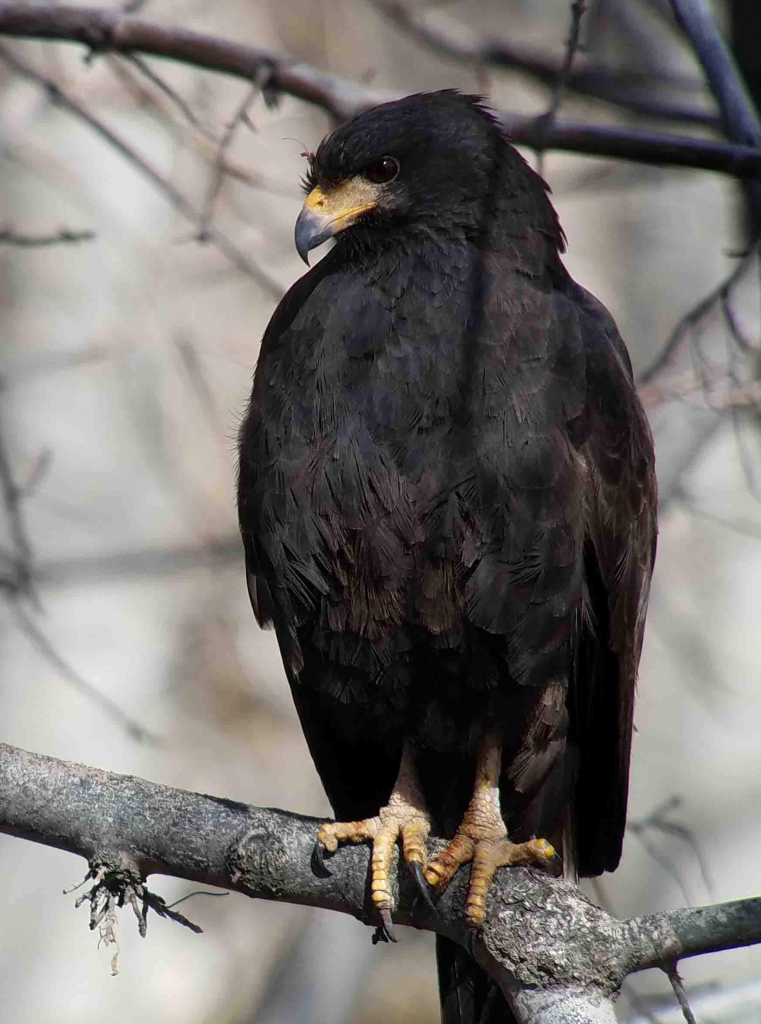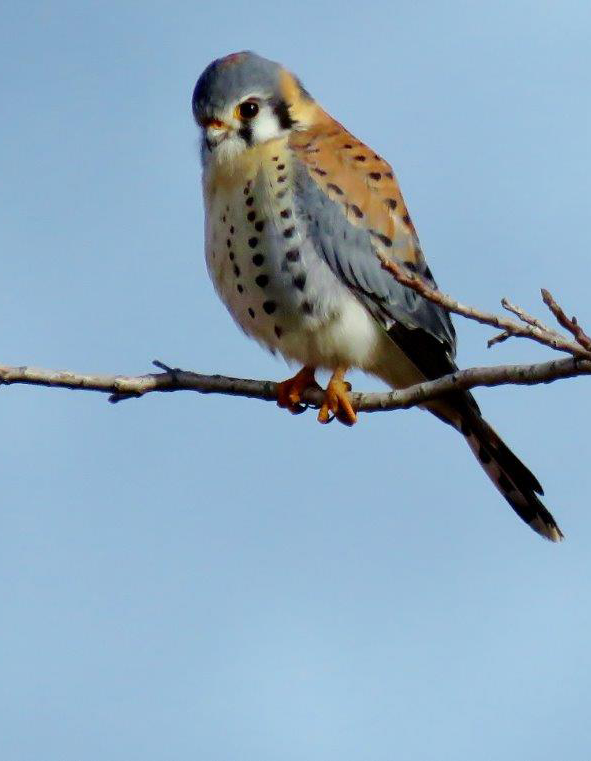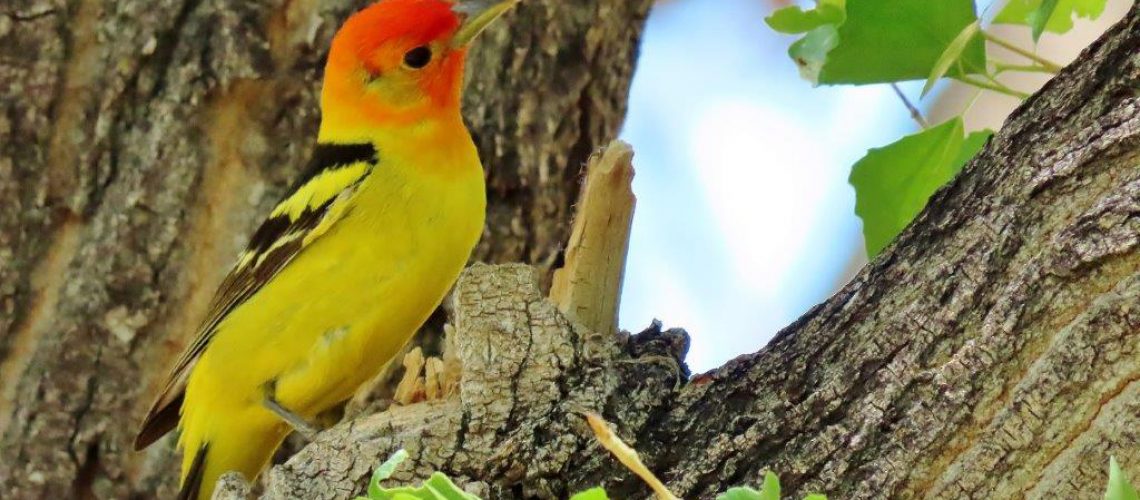Did you know that Watson Woods Riparian Preserve is a key component of the larger Watson and Willow Lake Important Bird Area (IBA)? Riparian (streamside) areas like those at Watson Woods Riparian Preserve are unique environments. They occupy about ½ of 1% of Arizona’s total land area, yet approximately 75% of the state wildlife species are dependent upon these habitats for all or part of their lives. Birds are a major component of this wildlife and one of the main reasons the Preserve was established.
For the past 26 years, many bird-related conservation activities have been undertaken within the Preserve. In addition to restoration of riparian habitat, extensive monitoring has been conducted within the Preserve in coordination with the Prescott Audubon Society. The effort began prior to major restoration activities in 2009 and continues to document changes in bird species numbers and diversity over time. A total of 91 surveys have been conducted in the Preserve by Prescott Audubon Society and Prescott Creeks volunteers with over 13,300 birds counted since 2013. At total of 156 species are represented with 51 species identified on the most recent survey at the beginning of May!


One noteworthy observation is that the Common Black Hawk (Buteogallus anthracinus) has chosen the Preserve as a nesting location more years than not since the 2009 restoration efforts. Despite the name, the “Common” Black Hawk is a rare bird in the USA, with about 250 breeding pairs.” Common Black Hawks are a relatively shy medium to large hawk with broad rounded wings and a hooked beak. Their length is up to 22 inches with a wingspan up to 50 inches. They eat primarily reptiles, amphibians, and fishes (supplemented with small mammals and insects). Arriving between late February and April, the Common Black Hawks typically stay in the area through mid-October. Considered as “wildlife of special concern” by the Arizona Game and Fish Department, Prescott Creeks is excited to have pairs calling the Preserve home year after year.
We’ve previously reported on conservation efforts for the American Kestrel in the greater Prescott area – an informal partnership with Arizona Game and Fish Department (AZGFD) and the Prescott Audubon Society (PAS). The American Kestrel is North America’s smallest falcon and its most colorful with males featuring striking blue feathers on their wings contrasting with a white front and red back and tail. “Although widespread, North American Breeding Bird Surveys show that there are 66 percent fewer kestrels on the continent than in 1966, and many other long-term studies echo this decline.” In 2016, Prescott Creeks coordinated with AZGFD and PAS to install multiple nest boxes in the Preserve. The next year saw kestrels occupying three boxes. Since that time, no boxes in the Preserve have been utilized by kestrels, presumably due to drought and poor prey conditions within the Preserve. The upshot is that other boxes in the area are being used. In fact, this year, one nest box is being used by a male banded as a nestling in one of the 2020 program boxes and his mate! As we cheer on this pair, we’re keeping a hopeful watch for kestrels in the Preserve. Please let us know if you see any!

Contact Prescott Creeks for information about how you can get involved.

